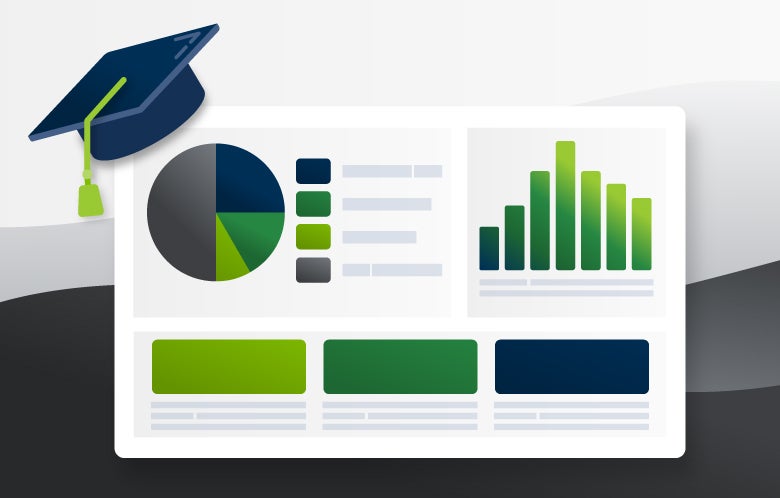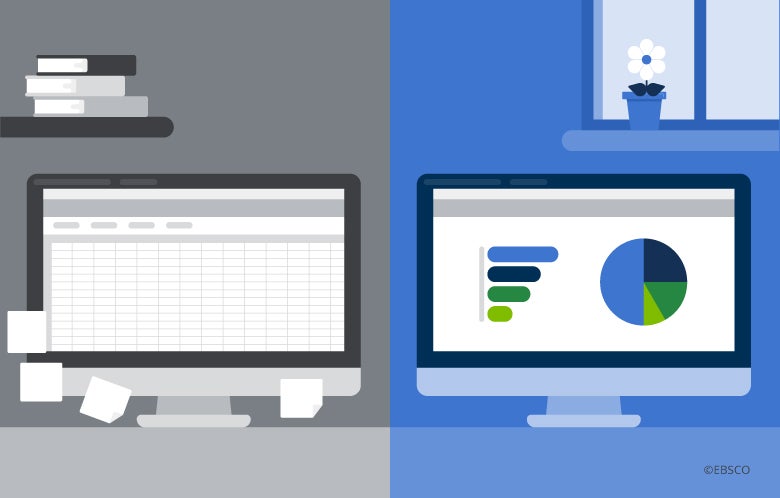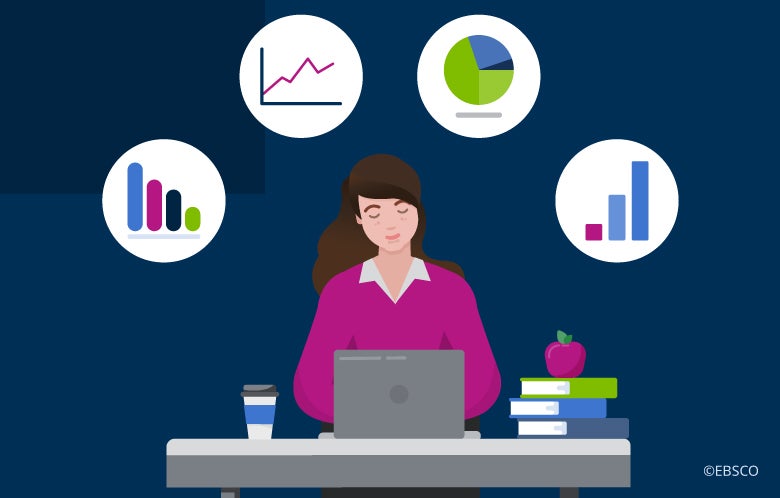Becoming an agile library, one that can easily react to evolving user needs and pivot quickly, is the operational “gold standard.” However, the lack of robust data analytics in libraries can cause libraries to miss key evidence of user engagement, holding them back from reaching their goals. With disparate data sources, manual processing, offline storage and lack of complete insight, collecting and analyzing library data can often feel like a dragging weight.
In a recent EBSCO webinar, Michael Levine-Clark, Dean of the University of Denver Libraries, Thomas A. Peters, Dean of Library Services, Missouri State University Libraries and Andrew White, Library Director of Rensselaer Polytechnic Institute (RPI), shared their experiences and successes with data analytics in libraries and discussed strategies to create a solid path with library data that resonates, provides evidence-based insights and proves the value of the library.
“So What?”
Panelist Thomas A. Peters asks this question early in the discussion. It is a great question to ask when analyzing library data. By asking “so what,” you change your library from being a “data-driven” organization to a “data-informed” organization, taking a step back from the big data mindset which has become popular over the past years. It is this small change that can redirect efforts and compel your library to tell a story with data and the knowledge gained from data analytics.
What Could You Miss?
Every time data is needed, it is up to the librarian or the staff to determine the optimal data sources, then spend time gathering them. The challenge can be that too much time is spent on gathering data rather than interpreting it. If data analytics in libraries can be automated and presented in a visual way, it allows for easy identification of trends (e.g., overspend within your collections) and the ability for staff to quickly interpret data in a straight-forward manner. When there is more time to focus on analyzing data, new questions and answers can arise.
What’s the Library’s Role in Student Success?
Supporting student success is imperative for all academic libraries. More importantly having a better understanding of areas in which students are not successful and focusing on interesting trends, can demonstrate your library’s position as an influencer. For example, in looking at the data, Michael Levine-Clark from Denver Libraries found students who have more EzProxy sessions tend to have higher GPAs.
What Can Be Done to Safeguard Data?
Panelists shared that personal information needs to remain within the institution. NABeing able to choose the type of data that is loaded into your library analytics platform is an important step in safeguarding data. For example, RPI’s security officer concluded that IP addresses were personally identifiable information and chose not to integrate that data into EBSCO’s Panorama analytics platform.



